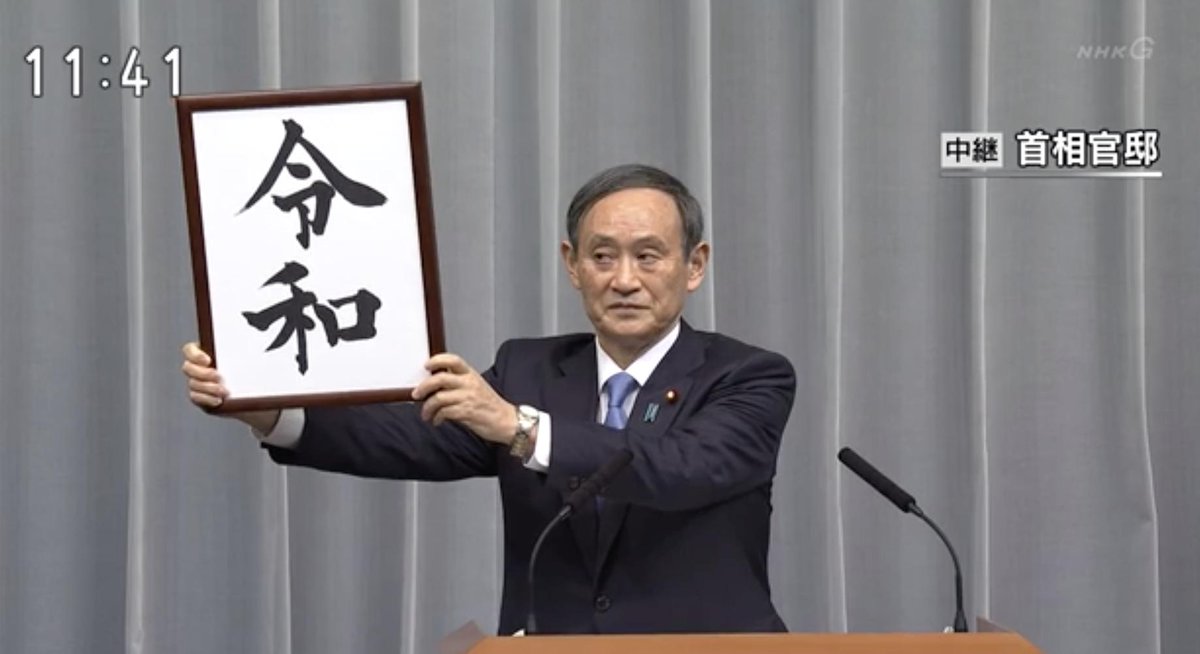- Ramen is soul food in Japan. I know its origins are in China, but, just like phở has origins in China/France but is totally Vietnamese, ramen is totally Japanese. 1/
And there's that other variation too which is like a hybrid of ramen and lo mein, yakisoba. For that I'll point you to my article about it back in May.
japantimes.co.jp/life/2019/05/1…

























